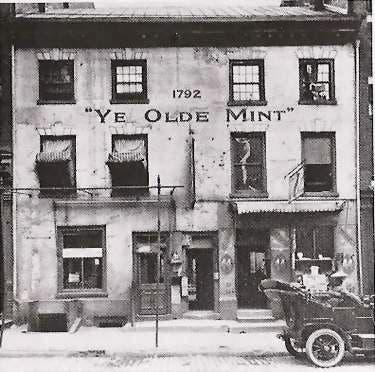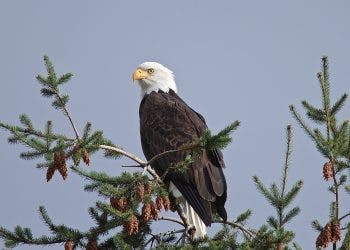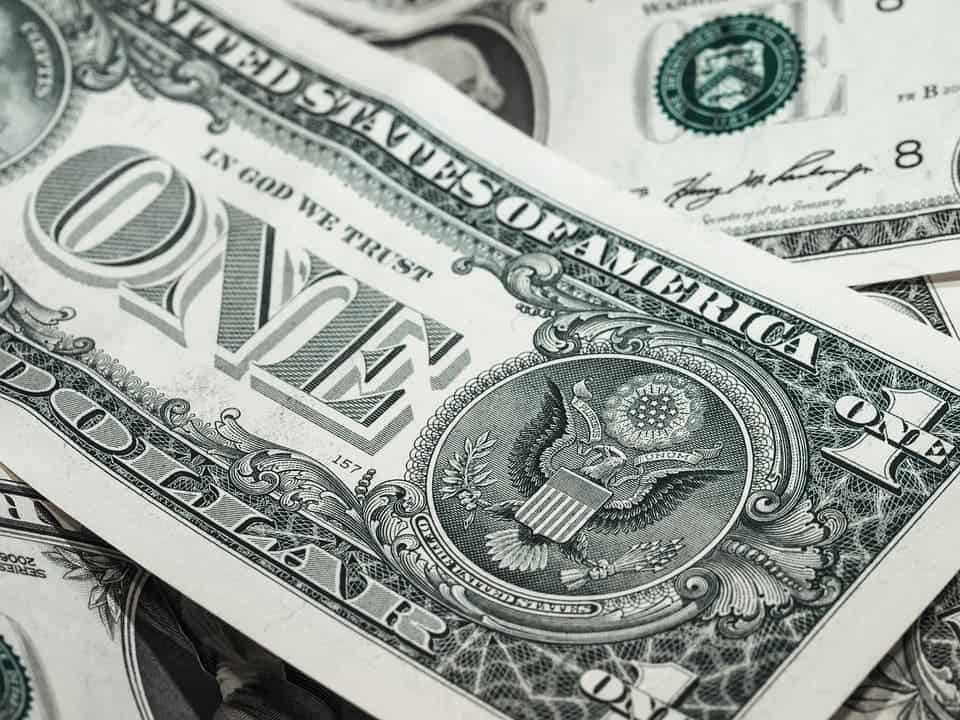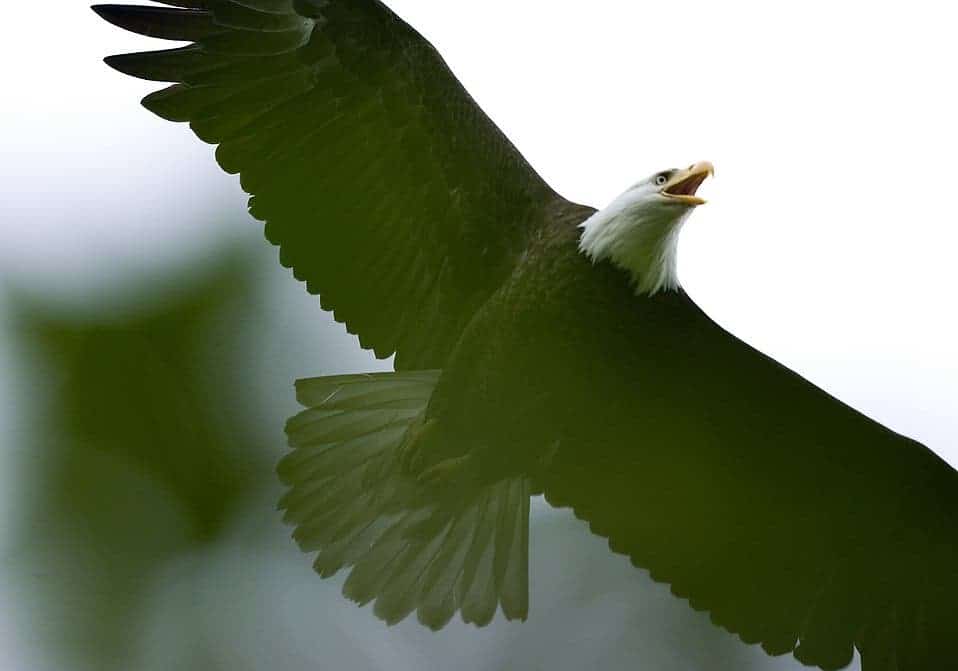
The bald eagle (Haliaeetus leucocephalus) stands today as the United States’ national bird and the centerpiece of its seal. As such, this raptor has a long and rich tradition of appearing soaring or in-flight on the country’s legal tender, the U.S. dollar, and its denominations. But a little-known fact is that most dollar designs don’t simply depict a bald eagle — but the same bald eagle, named Peter. Its story began at the U.S. Mint on Philadelphia’s 7th Street, Pennsylvania, almost two centuries ago, and continues on coinage minted in the country.
But first, let’s start by asking:
Why is the bald eagle the United States’ national bird?
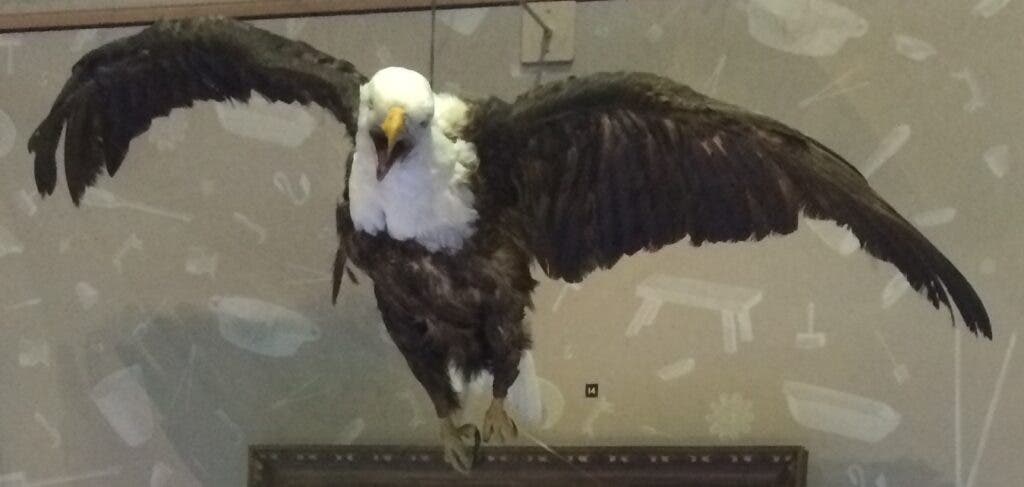
In 1776, the United States declared independence from British rule. It was in the middle of fighting a war to protect that independence and getting to grips with governing its own territories simultaneously. But it was finding itself without an official seal.
Symbols are important for any country to rally around, especially young countries, and the US wanted one of its own, to represent its government in Pennsylvania and the will of its people. So, the Continental Congress, the country’s burgeoning administrative body, tasked Benjamin Franklin, Thomas Jefferson, and John Adams to design this Great Seal.
It did not go as swimmingly as intended. The three could not come up with a design that would win the approval of Congress; neither did two subsequent committees.
It was now June of 1782. Charles Thomson, the secretary of Congress, has handed in all the work submitted by the three committees, and he was asked to come up with the final design. Thomson picked and chose from these designs individual elements that he felt were most appropriate and collated them into a single seal. Among some of the changes that he made to the design was taking the eagle, which was submitted in a design by Pennsylvania lawyer William Barton, and making it more prominent.
When the design was presented to Congress, Thomson further recommended that this eagle — a white heraldic eagle — be replaced with an American bald eagle. This design, complete with the recommended modification, was adopted on June 20th, 1782.
Over time, as this design was applied to official documents, chiseled on public buildings, and government-related items such as flags and currency, the bald eagle imposed itself as an American icon.
This is the backdrop against which Peter’s story will unfold.
The mint eagle
The first mint of the newborn country was built on Pennsylvania’s 7th Street following the Coinage Act of 1792. Among other things, the act set down regulations on the denomination system the country’s coins were to use — a system based on the dollar — but, more relevant to our story today, required each United States coin to feature “an impression emblematic of liberty.”
By this time, the soaring bald eagle was already a mainstay of the seal. Pennsylvania, even to this day, is a state littered with forests and waterways; Philadelphia itself is known as a great spot to look for eagles as, due to the city’s proximity to the Delaware River, many birds roost around the city.
Even so, workers at the mill were definitely surprised when a bald eagle took residence inside the mint around 1830. But they took it as a good omen and left the bird to its own devices at first.
Every night, as the workers finished their shift, they would shoo Peter out to lock down the mint. The eagle would go on a few nighttime soars over the city and return first thing in the morning. Workers at the time noted that Peter would be at the mint each morning before they themselves got there, waiting patiently for them to open the doors and let him back inside.
It would stay indoors, perching and flying inside the mint during the day. By all accounts, he was quite docile and didn’t mind being near people, keeping to himself most of the time but content not to mind if people got too close to him. The bird became a sweetheart of the city as word spread of his attachment to the mint, tolerance of humans, and as people recognized him during his regular flights over the city.
Sadly, the mint would also become Peter’s resting place. One day in 1836, the bird was perched — either on a flywheel or on a coining press, it is not exactly clear — as the machine turned on. Although workers rushed to shut it off, Peter’s wing was caught in the mechanisms and was badly injured. Despite the best efforts of everyone at the mint, Peter lost the ability to fly and, on account of the wounds to his wing, passed away a few days after the incident.
As a way to honor the eagle’s memory — and to keep Peter, who had become a mainstay of the Mint and something of an unofficial mascot for the institution — the workers employed the services of a taxidermist and placed Peter out at the main entrance of the Mint. There, he has been on display for over 150 years. Peter’s stuffed body served as a model for the soaring eagle of coins designed by James Longacre, including the silver dollar which would be released the following year, and the Flying Eagle Cent.
Although the Great Seal showed a bald eagle for a long time before an eagle moved into the mint, Peter the Mint Eagle would become its official mascot after its death.
